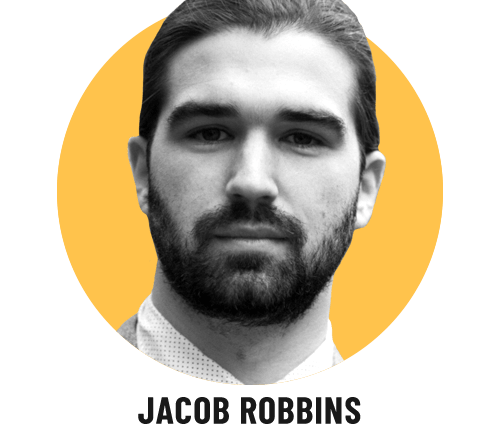Jacob Robbins is assistant professor of economics at the University of Illinois at Chicago and is a fellow at the Roosevelt Institute. The opinions expressed in this commentary are his own.

To face the coronavirus crisis head on, state governments must use their powers to get masks and other personal protective equipment (PPE) to the doctors and nurses that need them the most. As a first step, state governments should institute voluntary PPE buyback programs without delay. To pay for the policy, state governments can use some of the $150 billion the recent stimulus package gave them.
All across the nation, small groups of Americans are coming together to help get doctors the equipment they need: factories have begun producing masks, concerned citizens are sewing masks and groups are organizing and calling for donations. In an ideal world, the federal government would put the country on a wartime footing using the Defense Production Act (DPA) to purchase all necessary PPE and distribute them to the states that need them the most. However, the current administration has been agonizingly slow in its use of the DPA, only instituting it for the first time last month.
A buyback program is a short-term stopgap, but a necessary one. In normal times, masks and gloves are used by several types of businesses — construction firms, labs, artists, nail salons and many others. Millions of masks are also in the hands of concerned citizens, who have been buying them since news of the virus began to spread. This stockpiling of masks by private citizens is one of the reasons why there is a shortage in the first place. Under the current shortage of PPE, doctors are contracting the virus at alarming rates, putting the entire health care system at risk of collapse. While the CDC is now recommending Americans wear a mask while outdoors, first priority must go to the health care workers on the frontlines of this public health battle. Here’s how a buyback program would work. State governments will issue orders for a voluntary buyback of masks, gloves and other protective equipment, advertise the call for the materials widely, and set up collection sites at hospitals where people can bring them in. The owners of the property would be paid fair market value, although undoubtedly some will donate them free of charge as several patriotic businesses have done so already. For those who are unable to safely come to the sites, state employees can come out and collect the equipment. Read MoreSo far, Wisconsin is the only state to set up a formal mask buyback program, which has seen an outpouring of support from businesses and other organizations. The program has already collected 15,000 N95 masks and 24,000 surgical masks in under two weeks. Undoubtedly a program’s success will depend on how well it is advertised to the public, as well as the level of outreach to business groups. If the emergency shortages continue, governors must make the hard decision to protect the lives of our doctors and our entire nation by requiring all nonessential businesses and healthy individuals to sell their masks to the state. Many governors hold this power once they declare a state of emergency, which New York governor Andrew Cuomo and others have done. If necessary, they must use this power to protect our doctors.
The sales can help address the shortages happening now, but longer term, the US needs to ramp up production of personal protective equipment on a massive scale to equip its doctors, its workers and the general public.The federal government must use the Defense Production Act to ensure the mass production of these crucial masks and other critically needed equipment. But that doesn’t necessarily mean forcing businesses to produce masks. At the most basic level, the DPA can allow the federal government to take priority over all other orders for private accounts or for export, ensuring that masks go to protect US doctors first. To spur production, it can go so far as guarantee payment for all future output, even if they are not ultimately needed. It can give funding for companies to build new factories or build the factories itself and rent them to corporations. As a last step, it can force companies to accept contracts to produce the necessary masks to protect our frontline workers at this crucial time.
Source: edition.cnn.com

